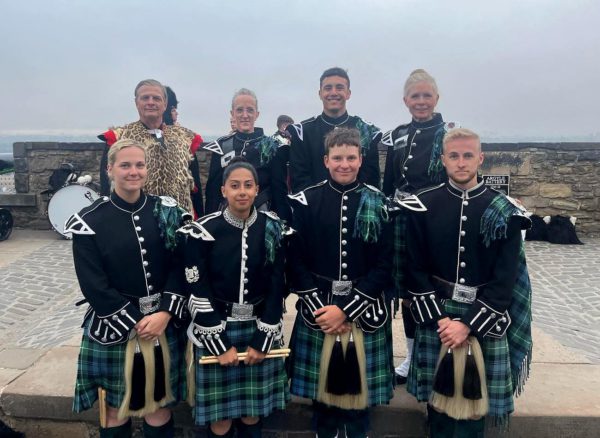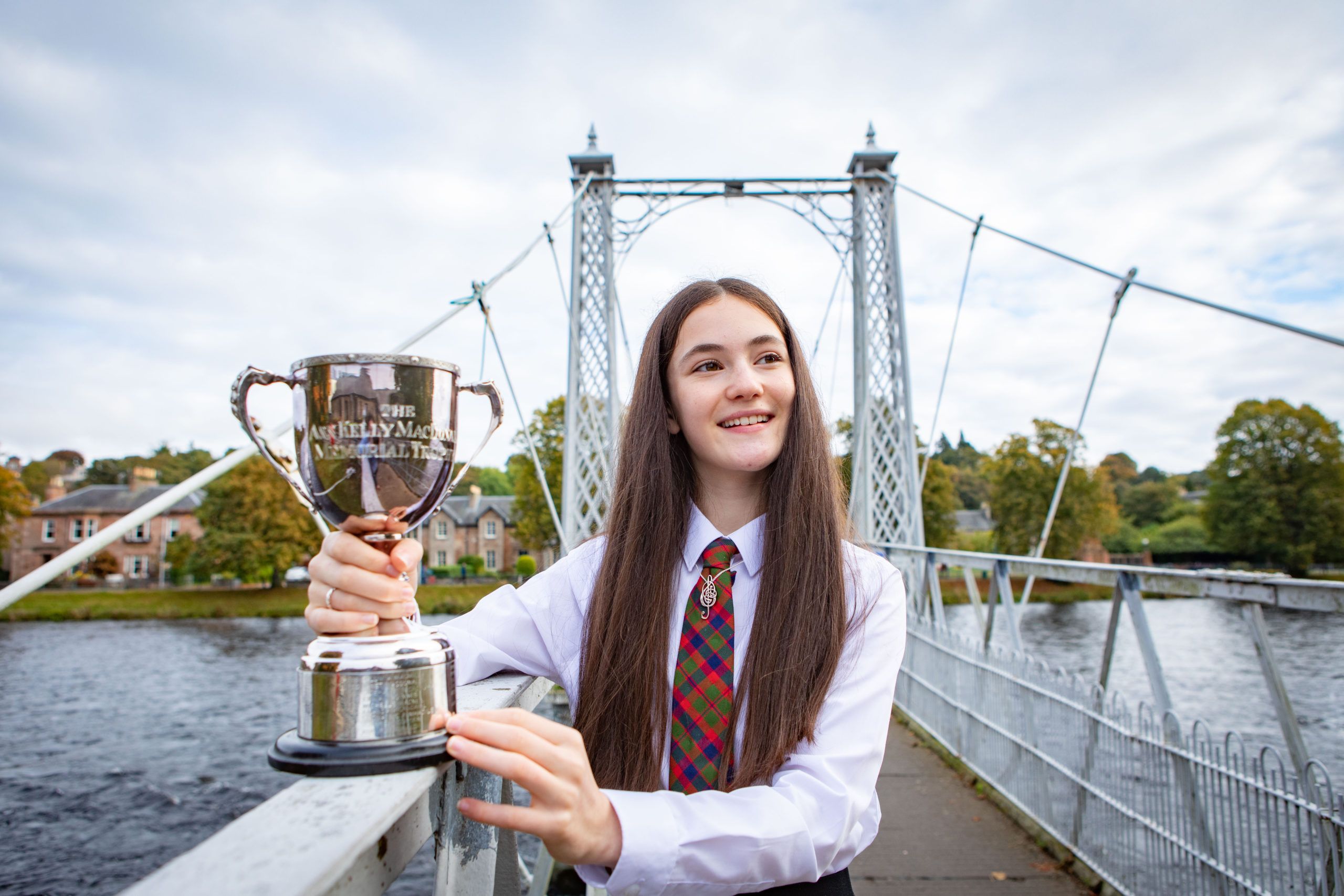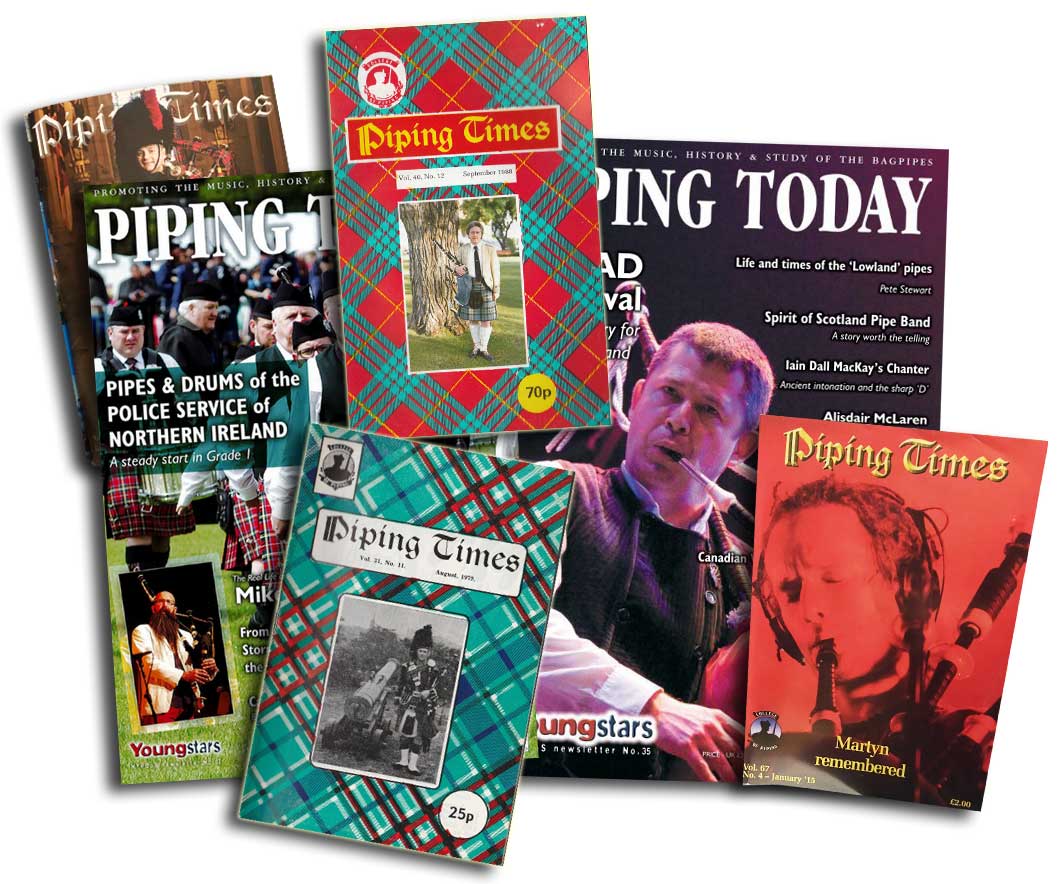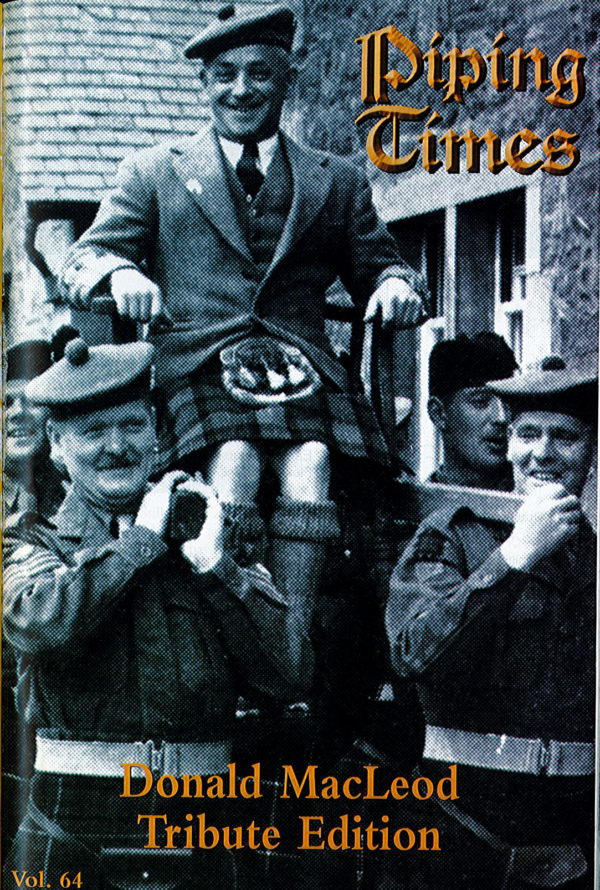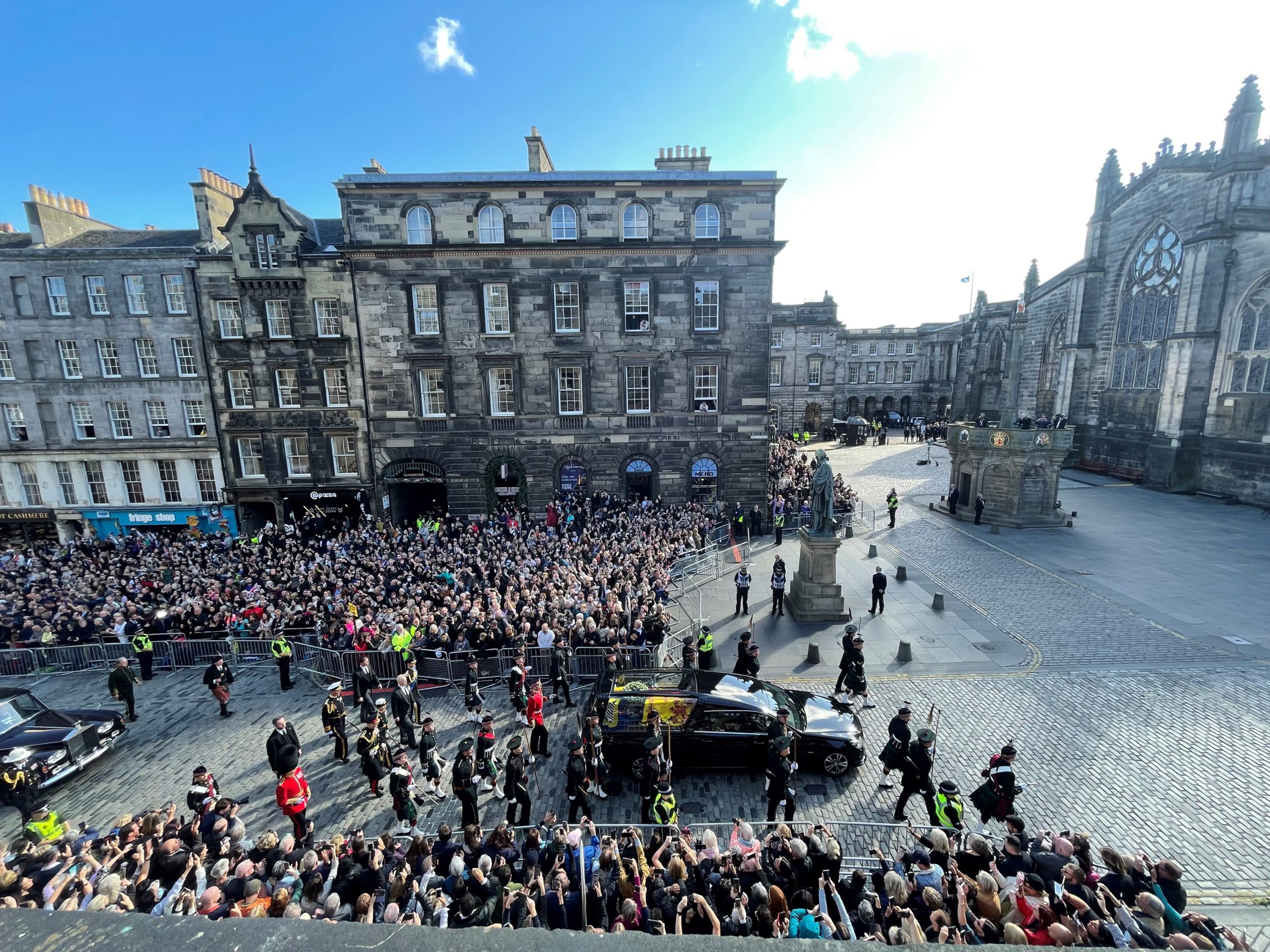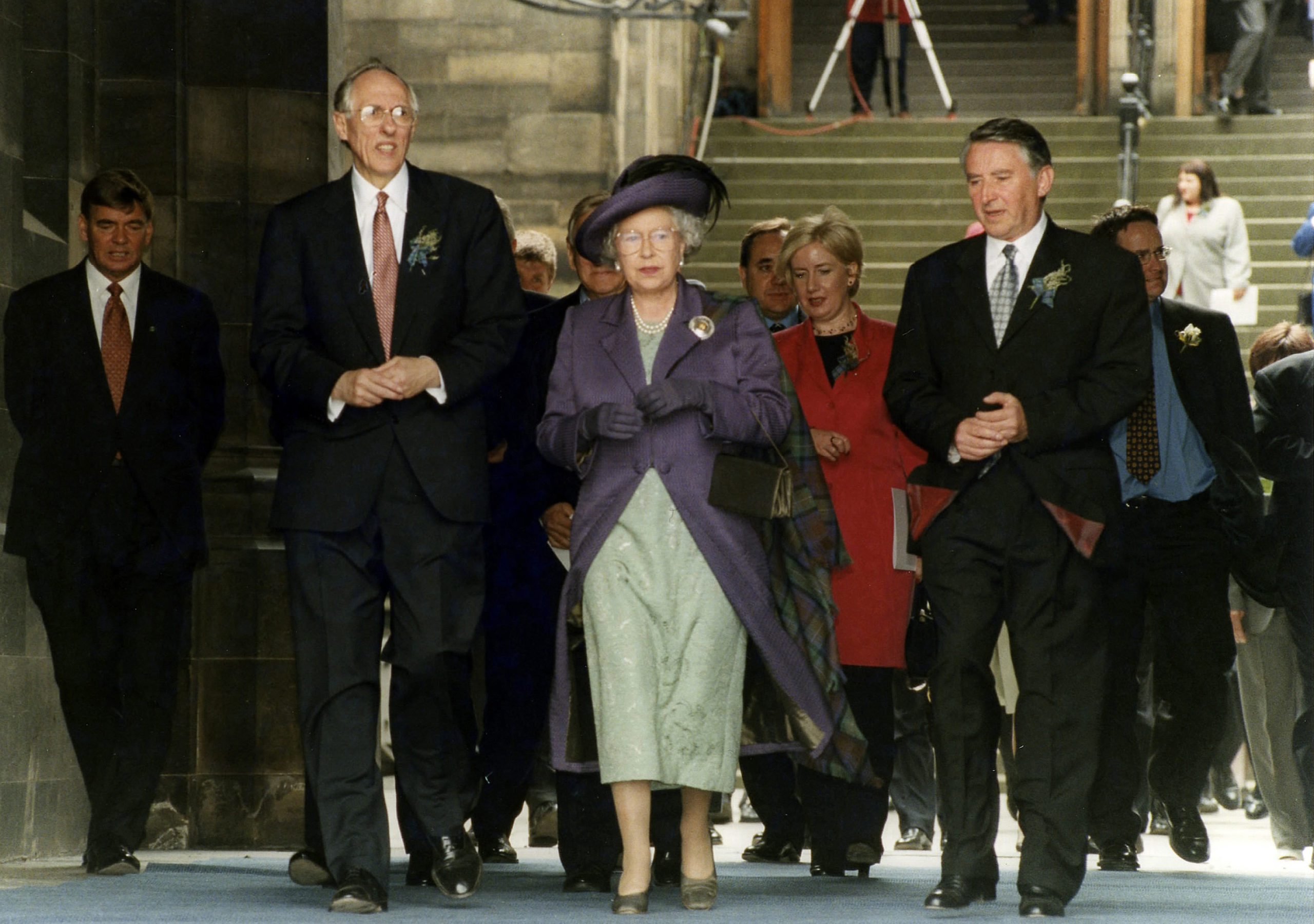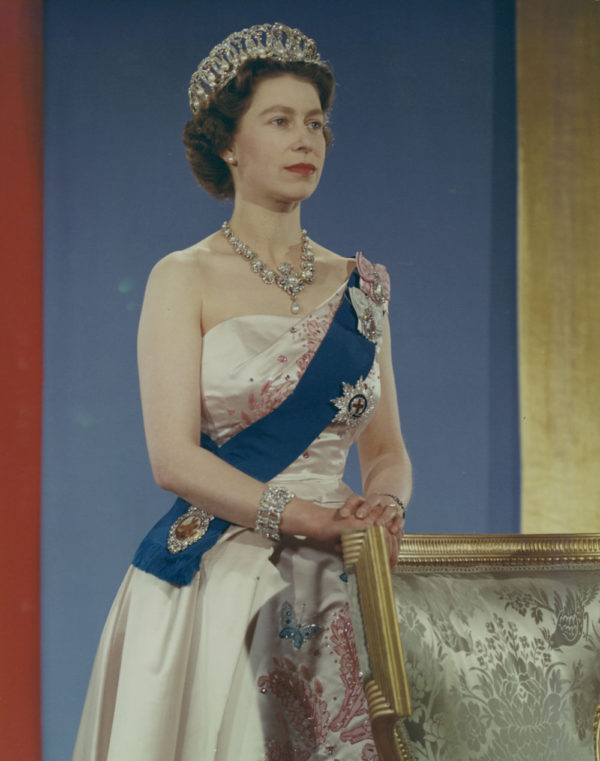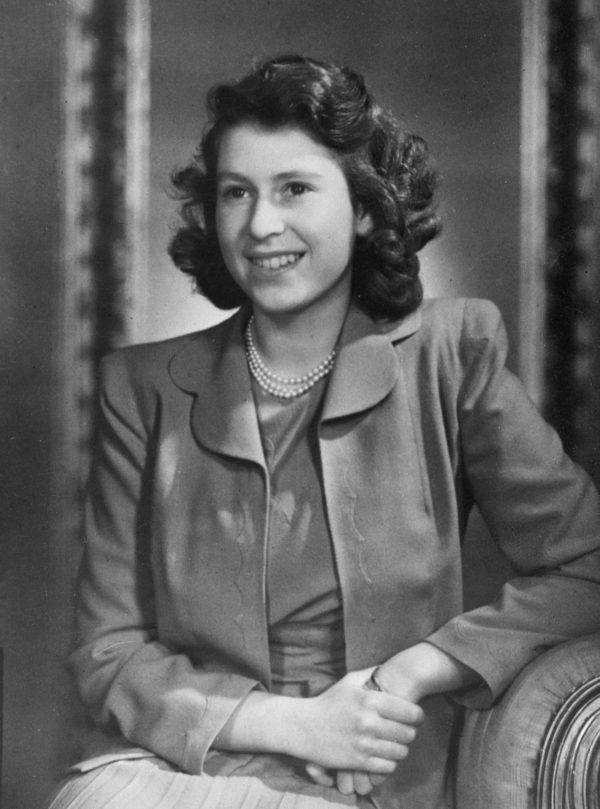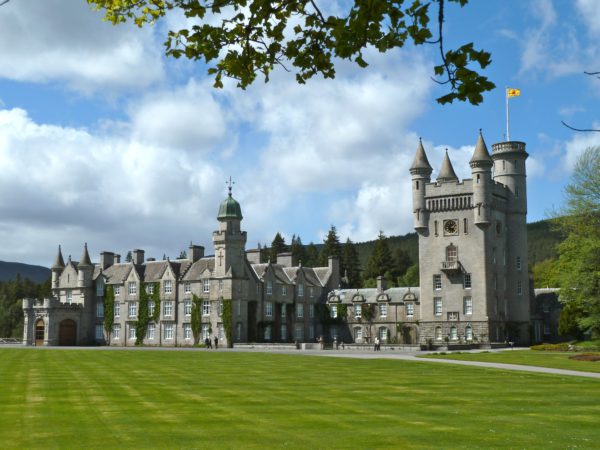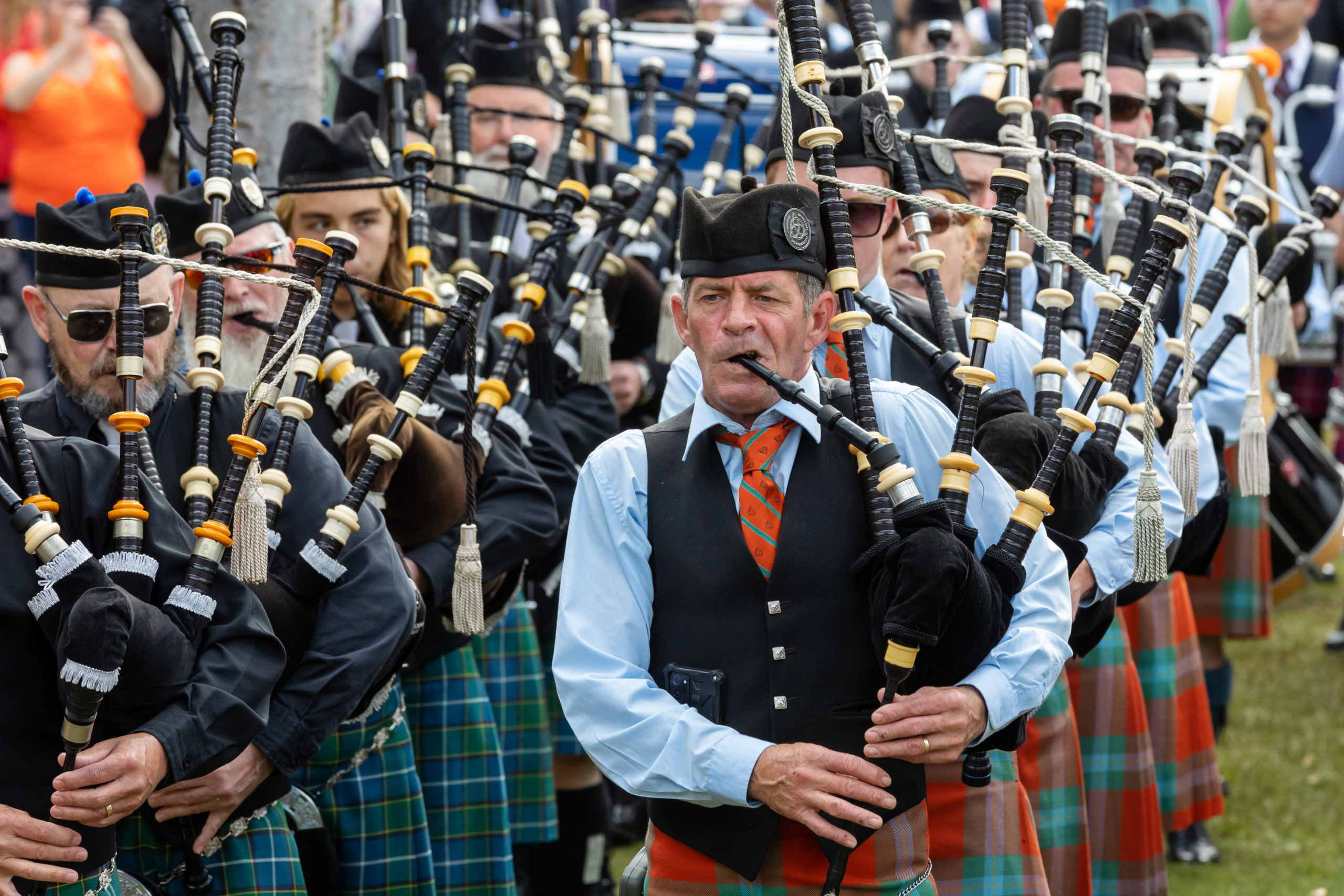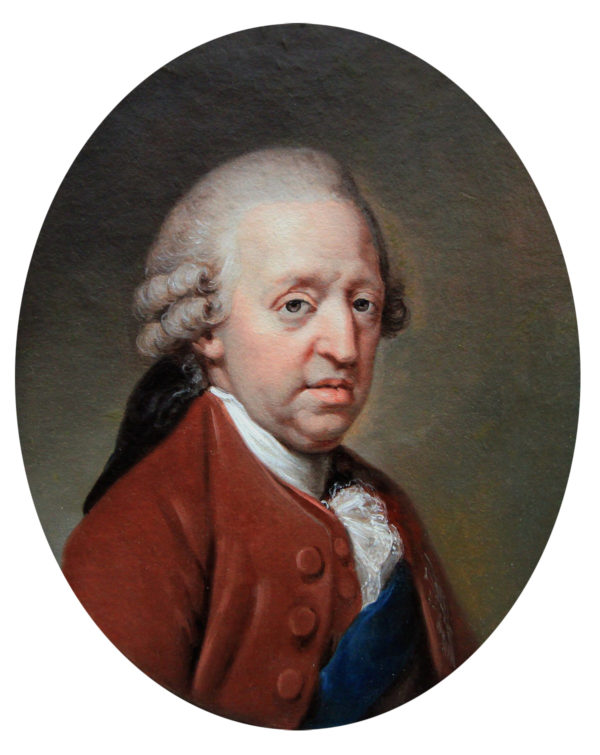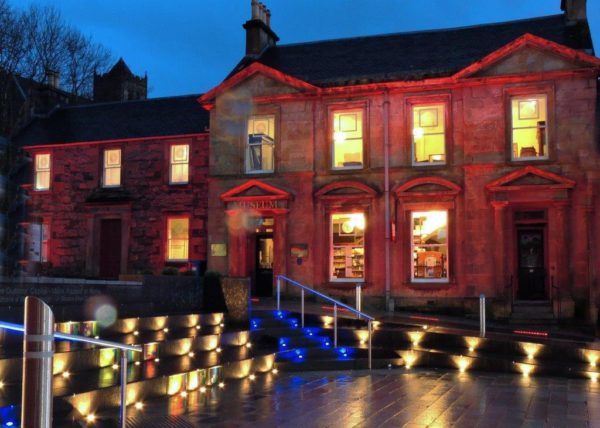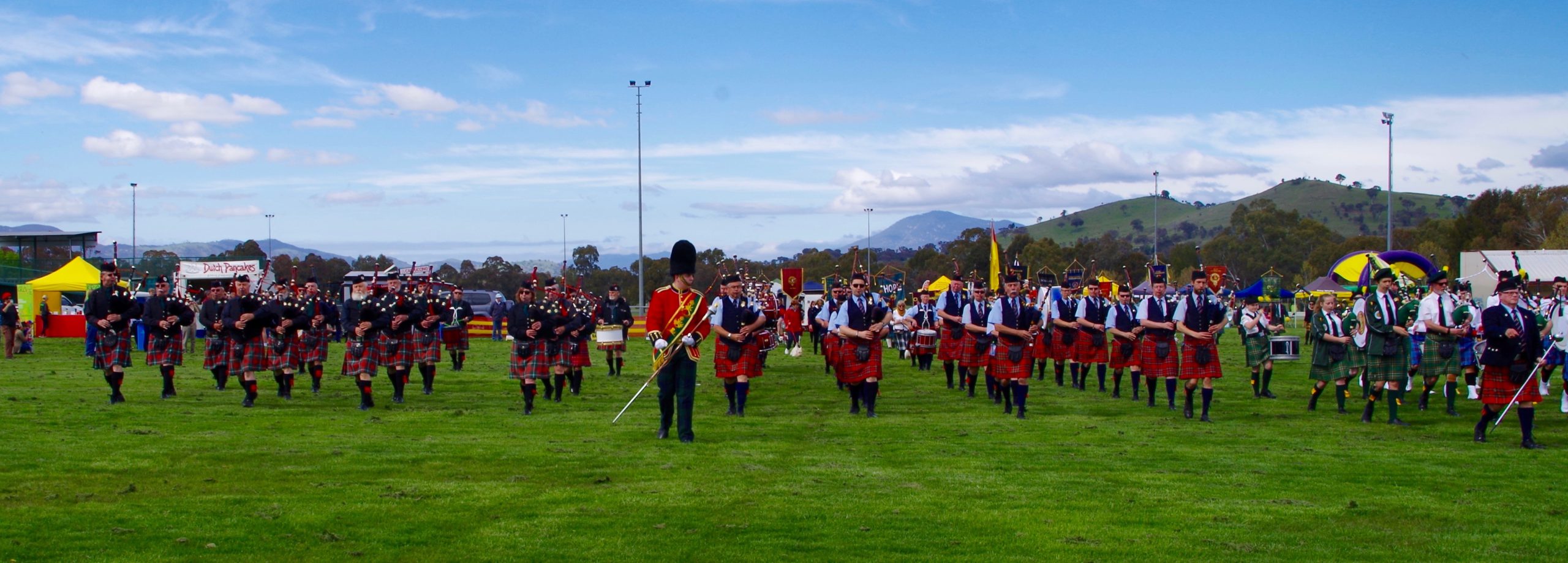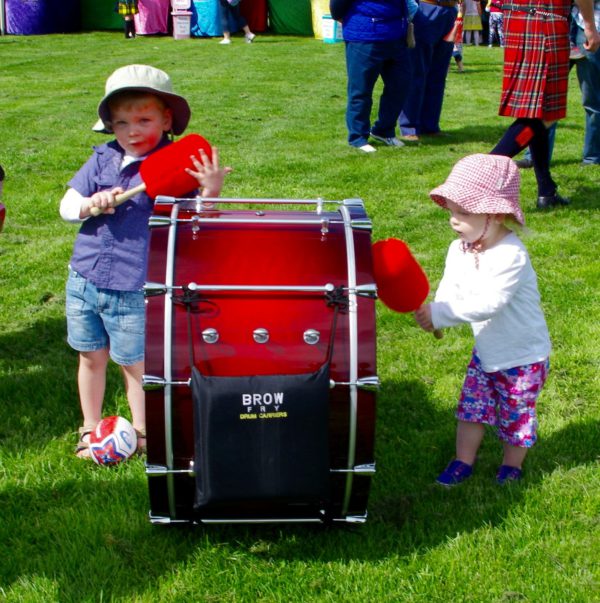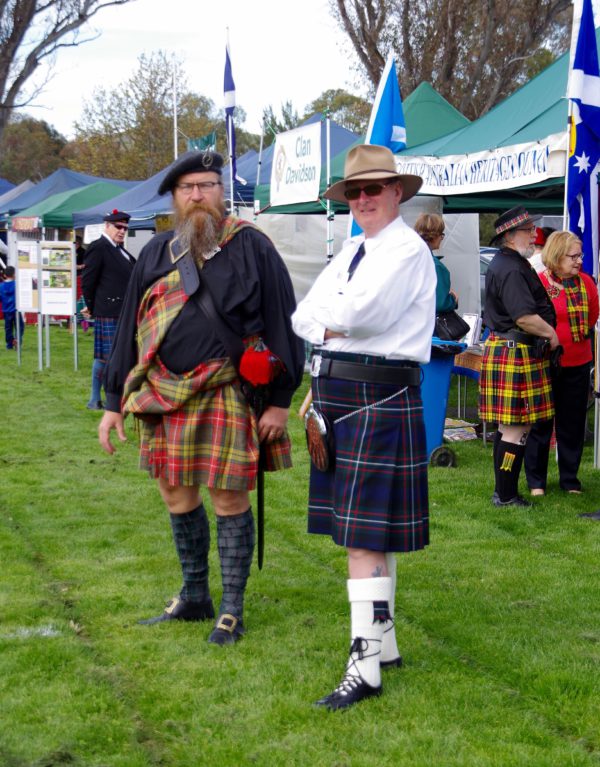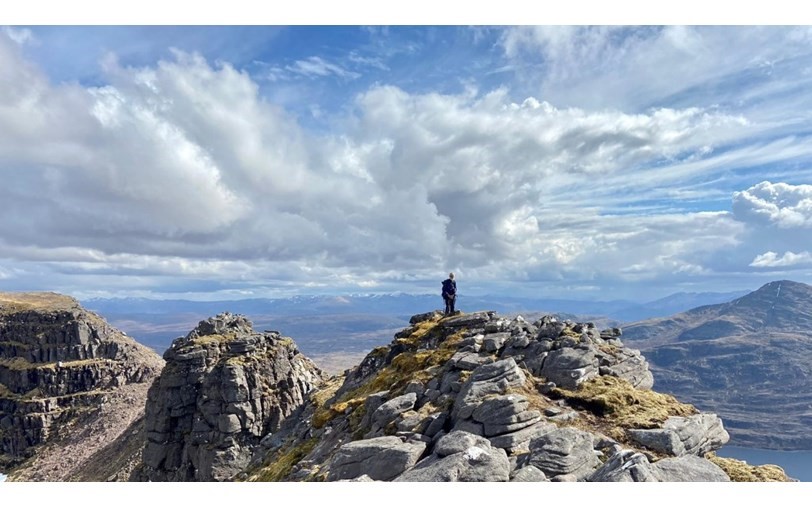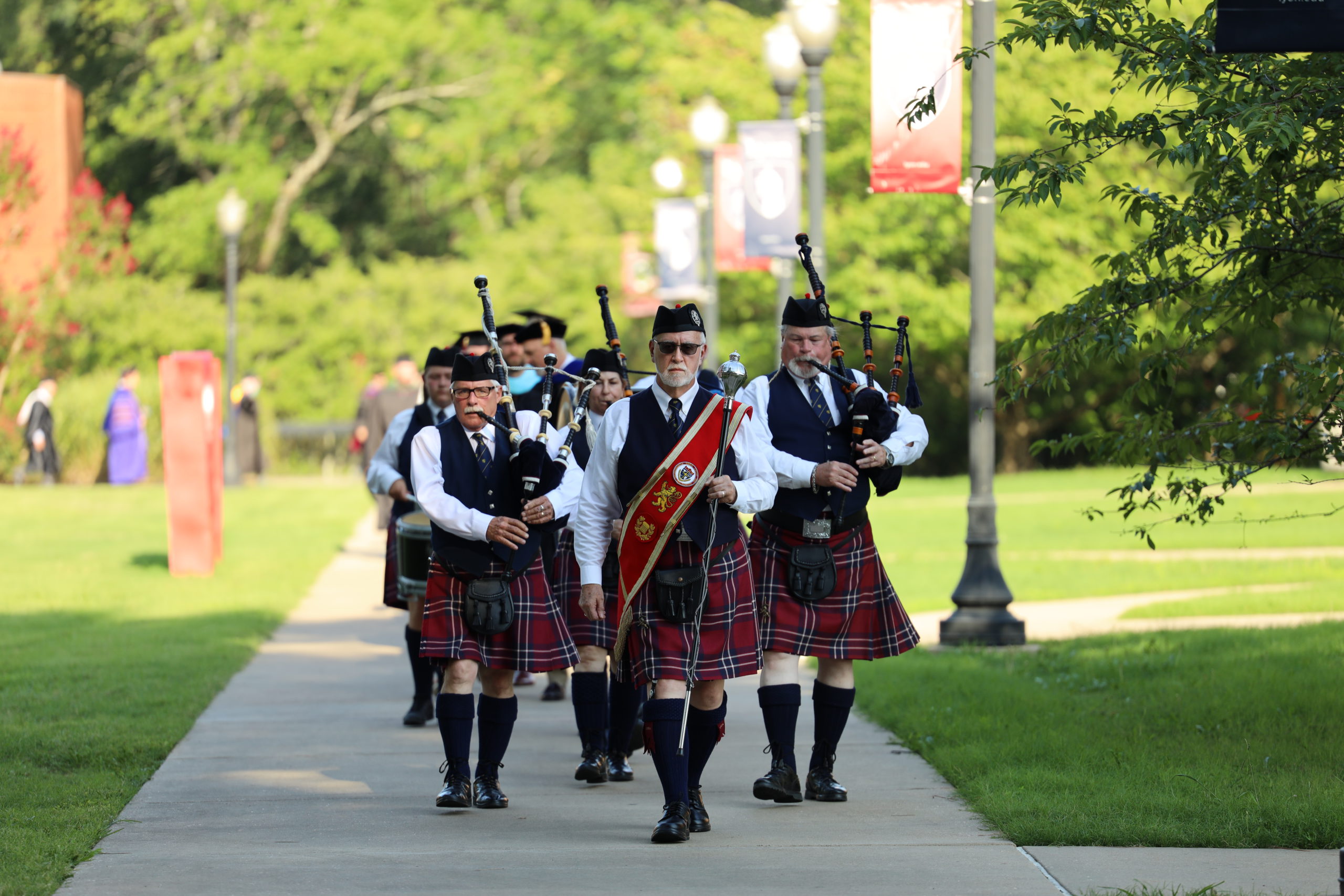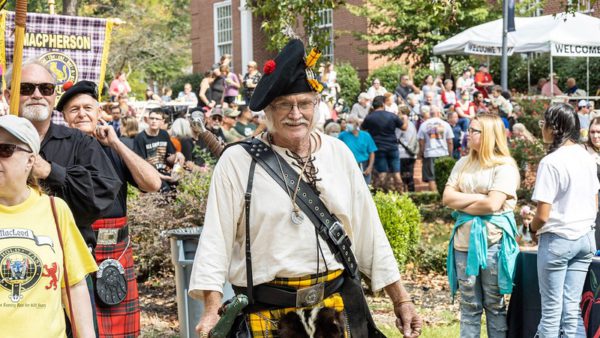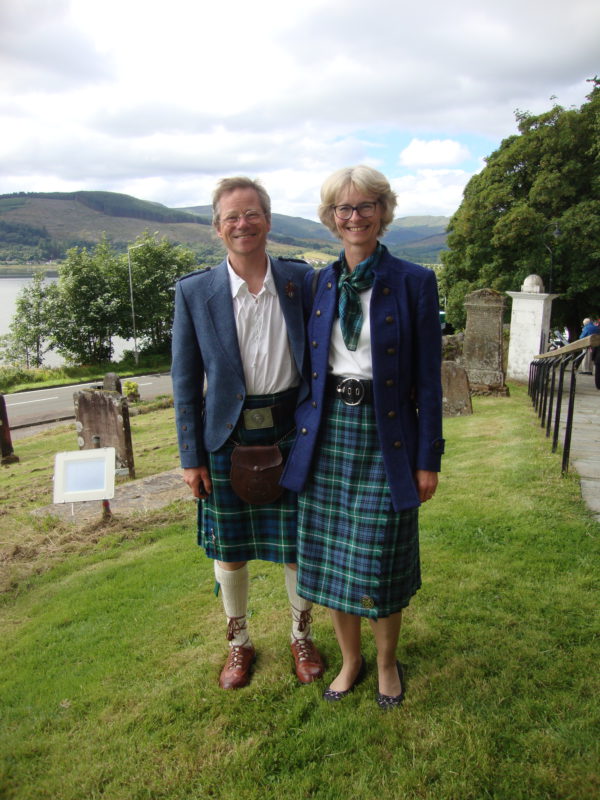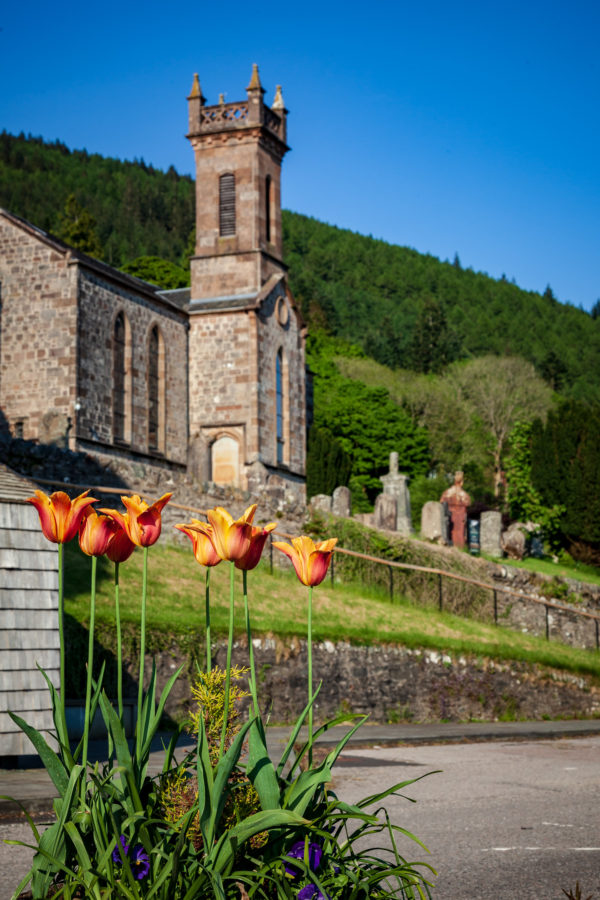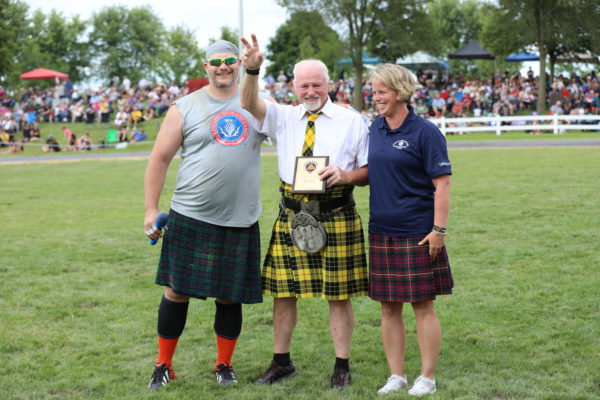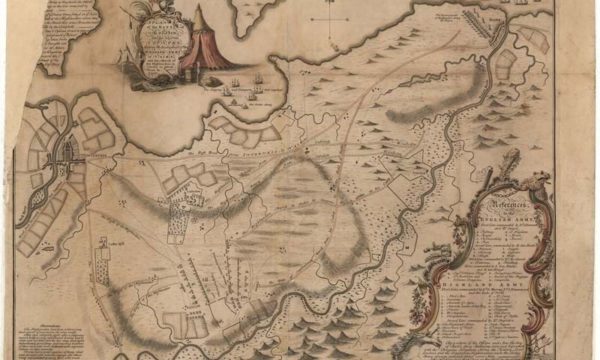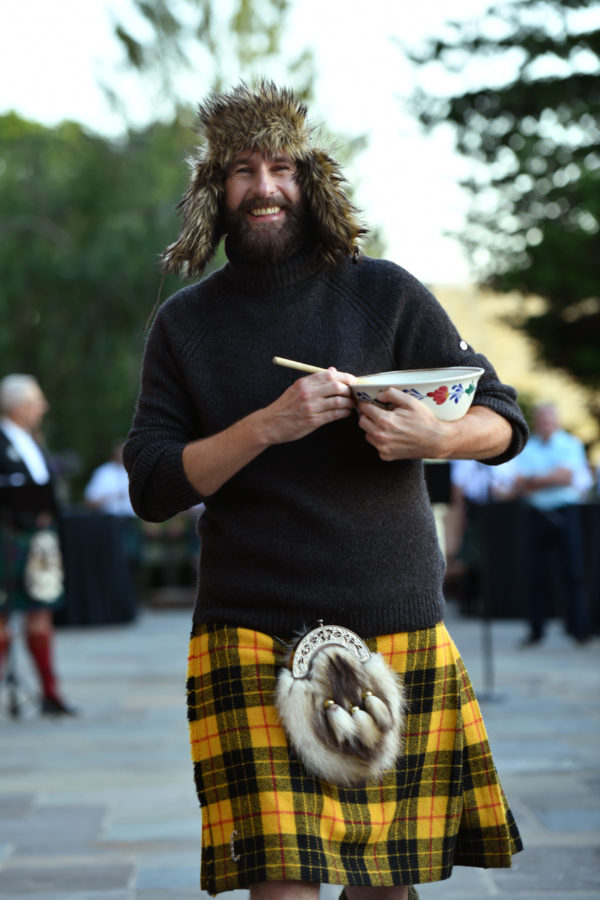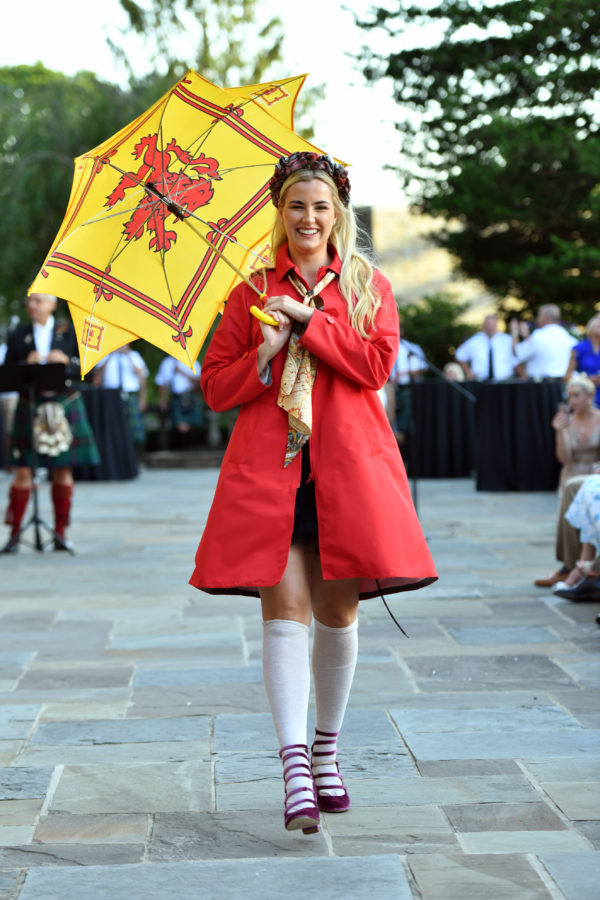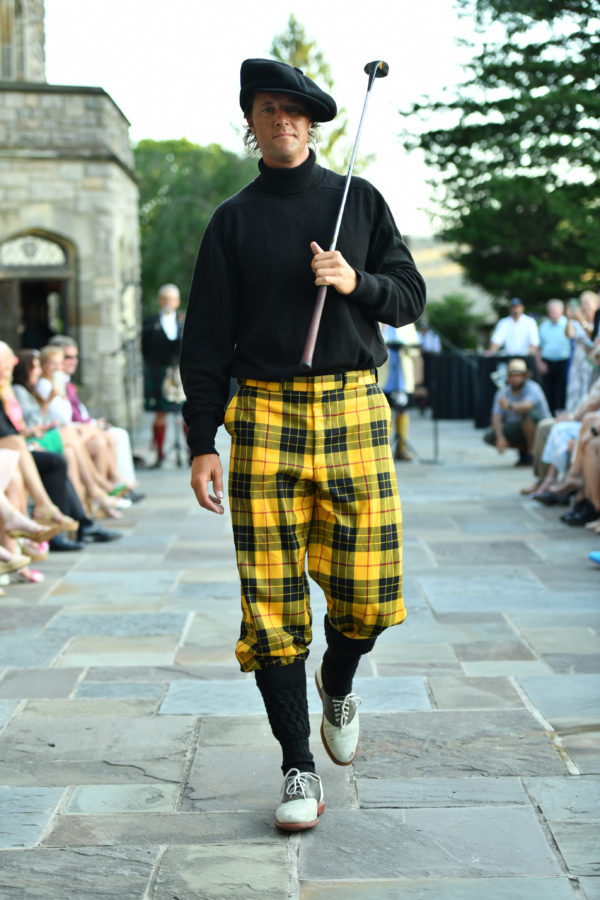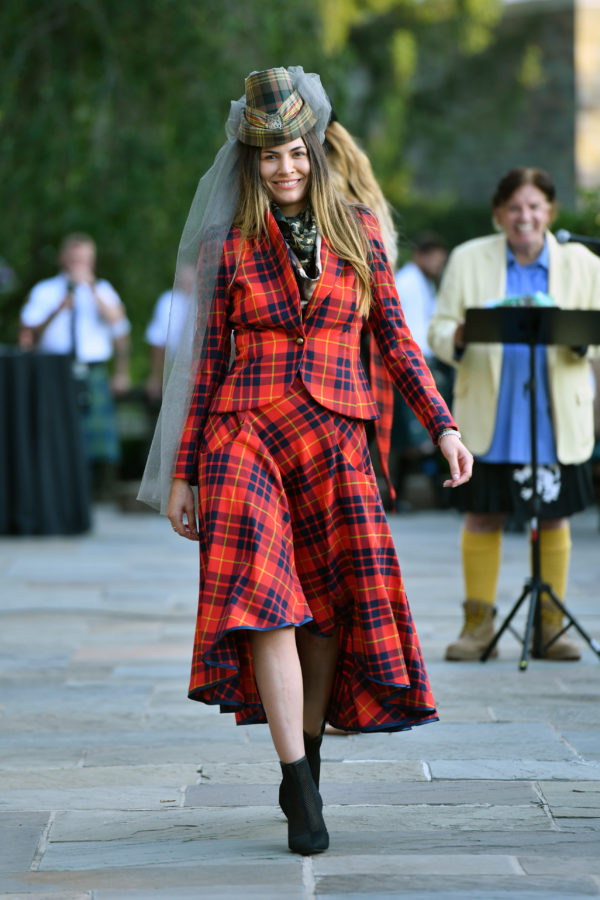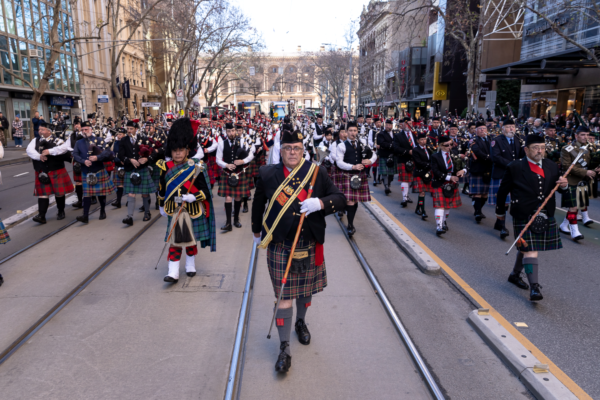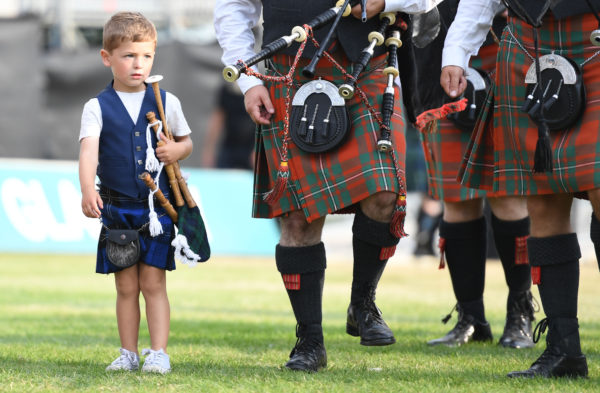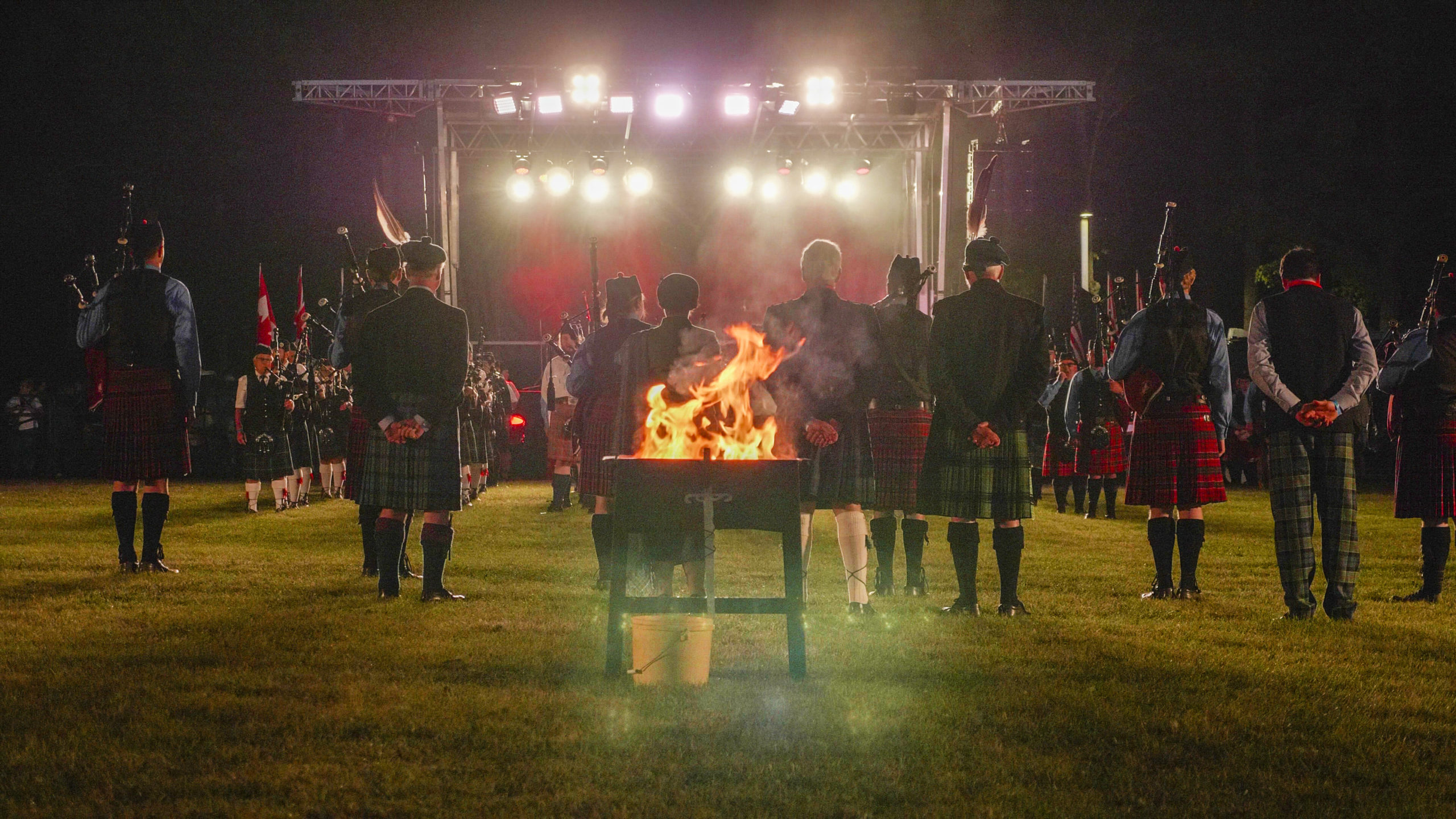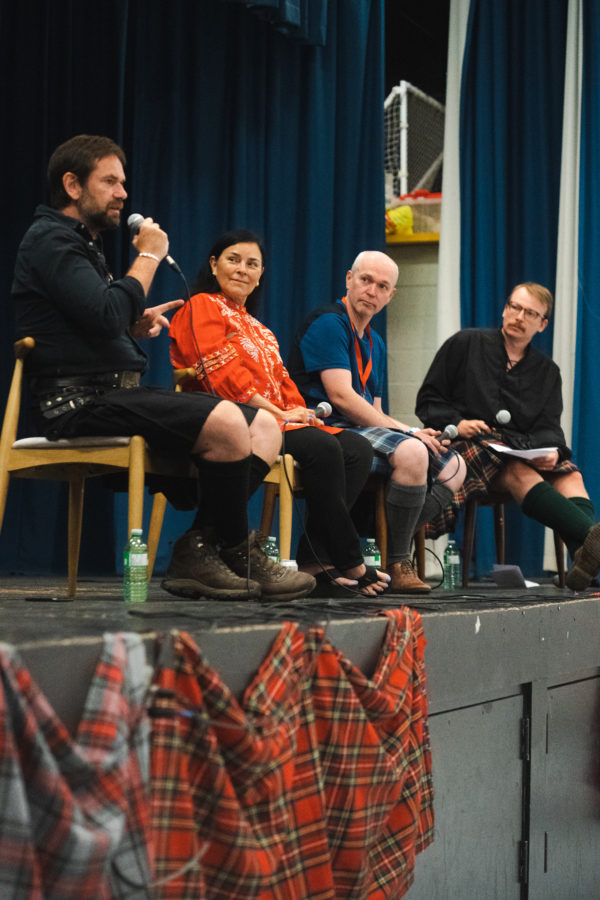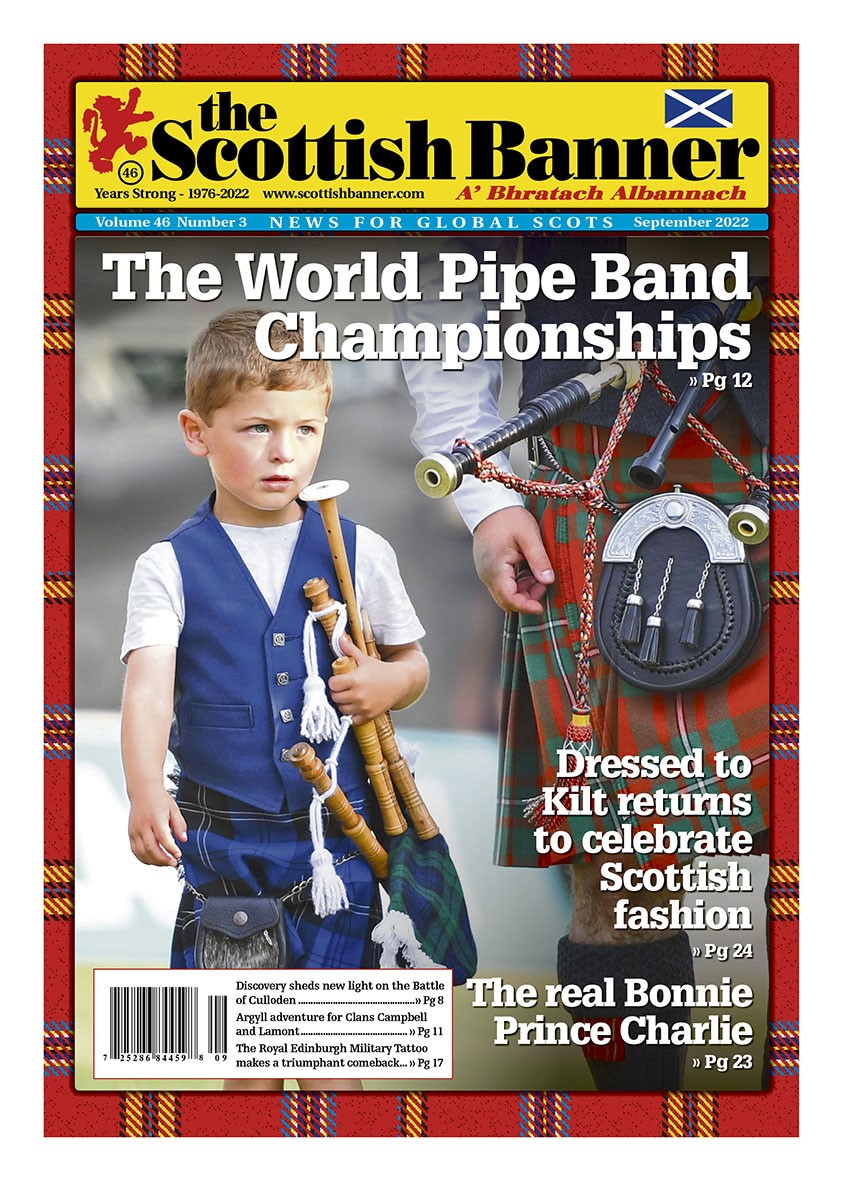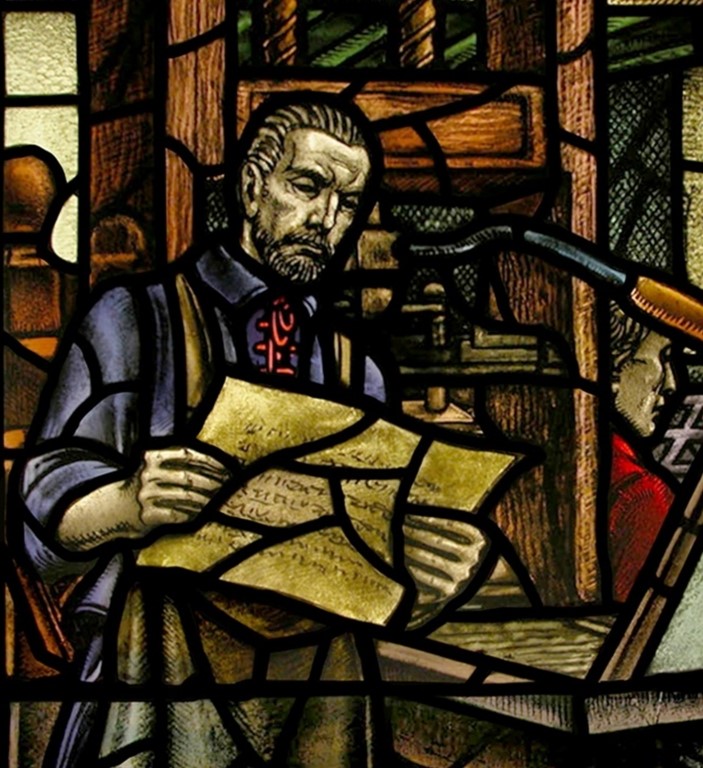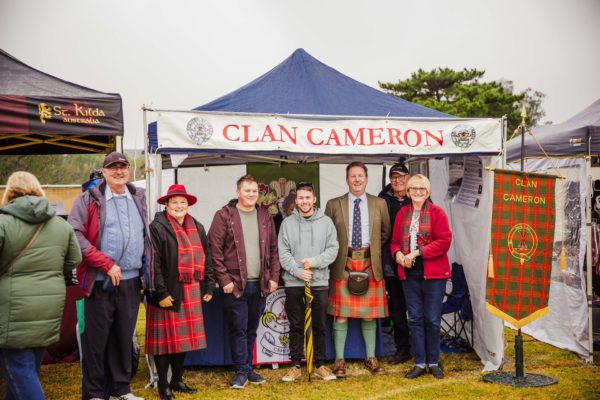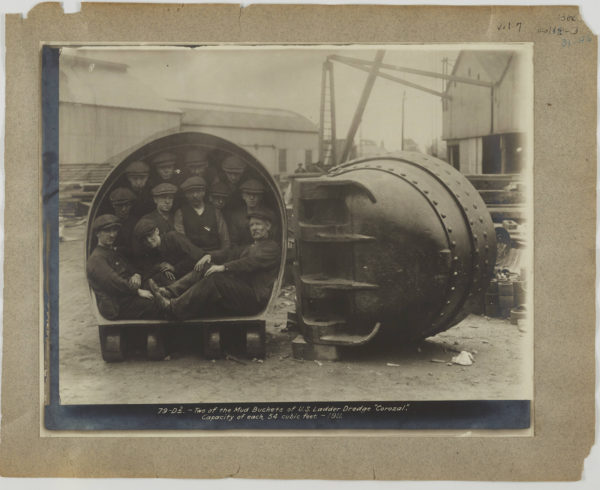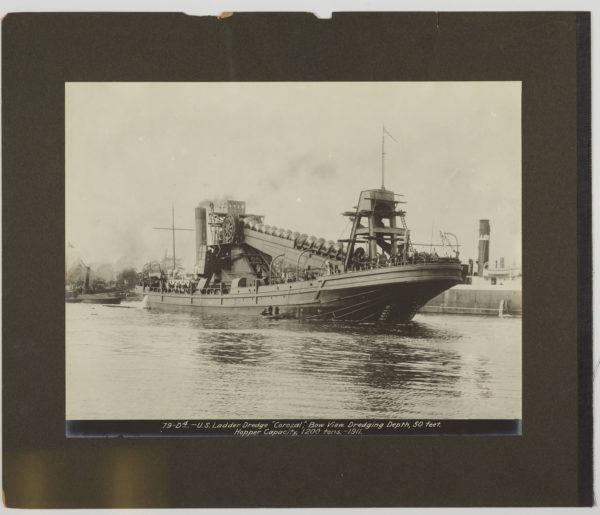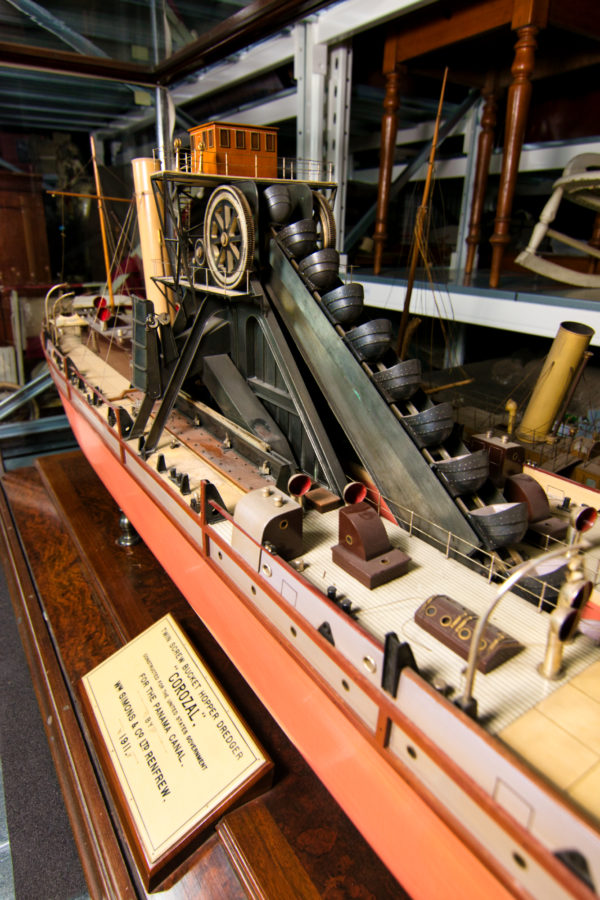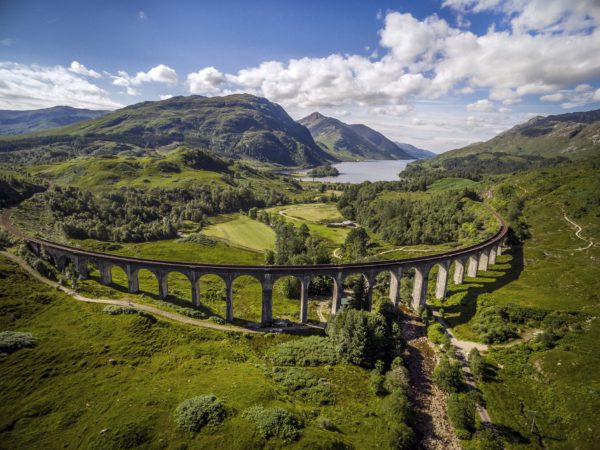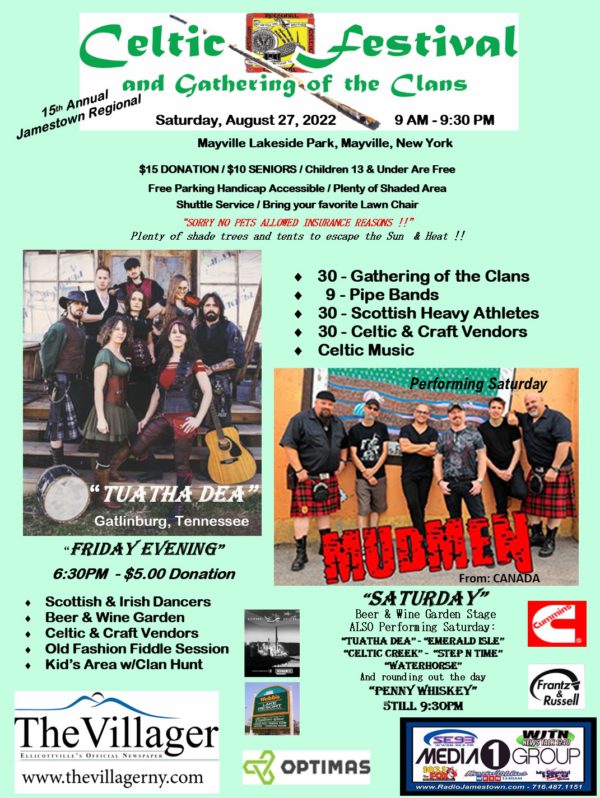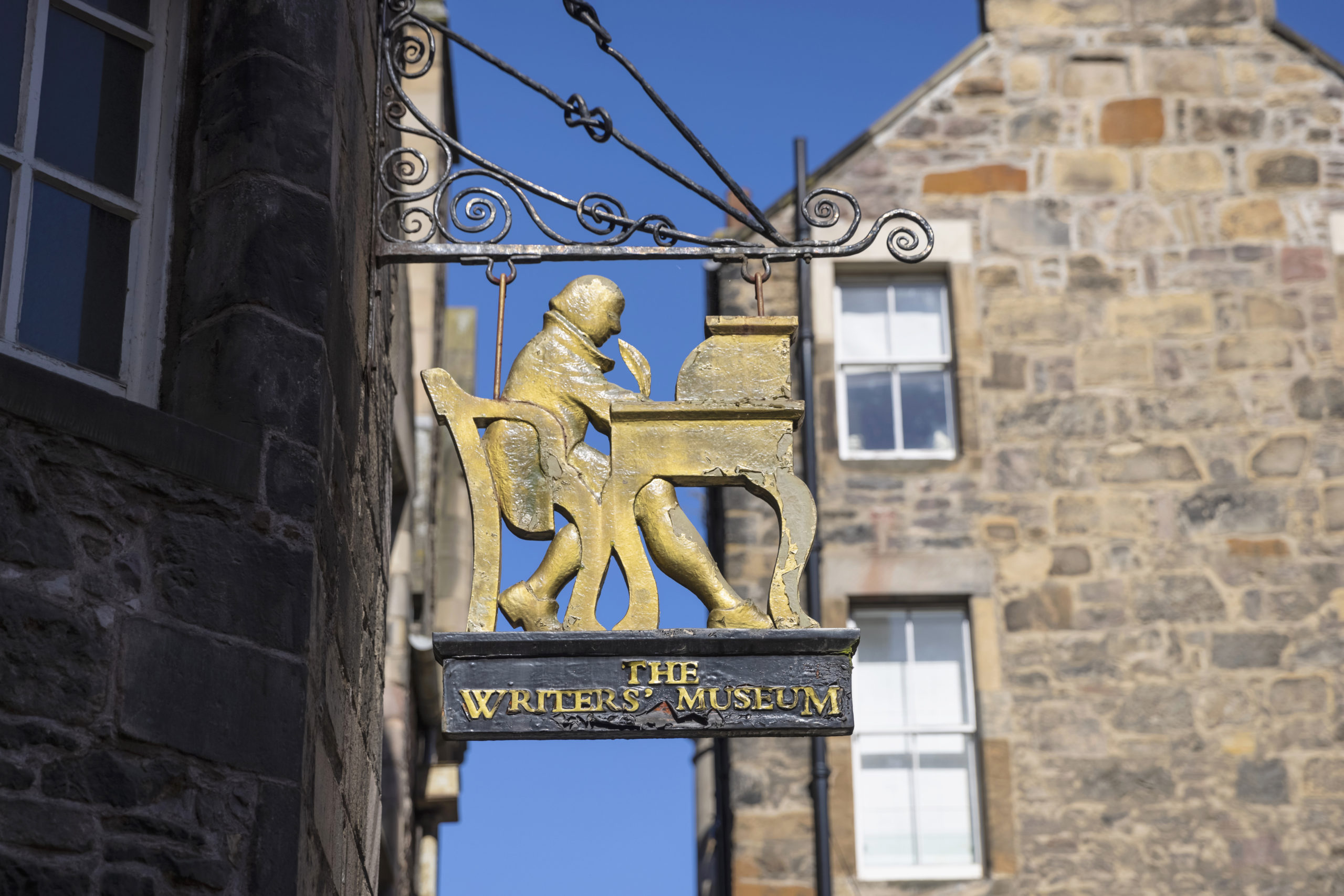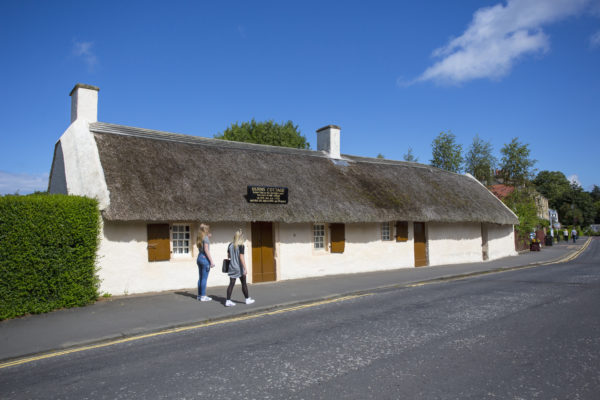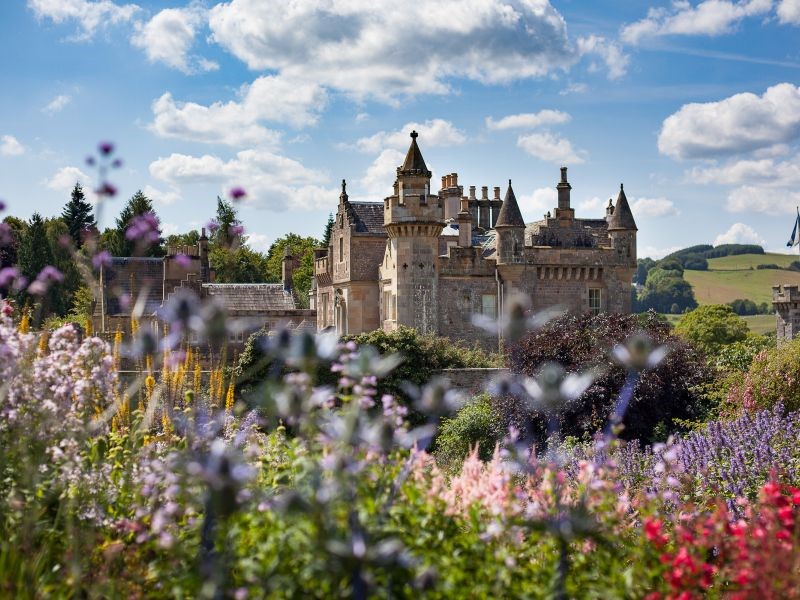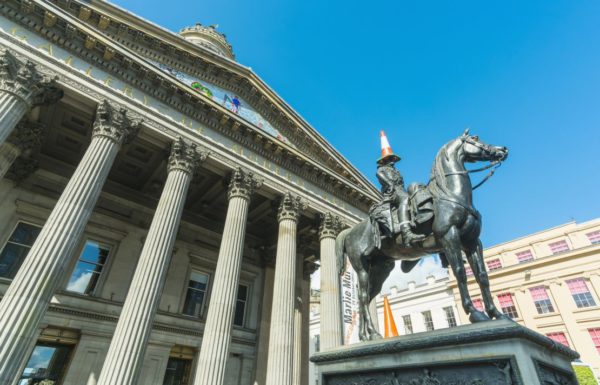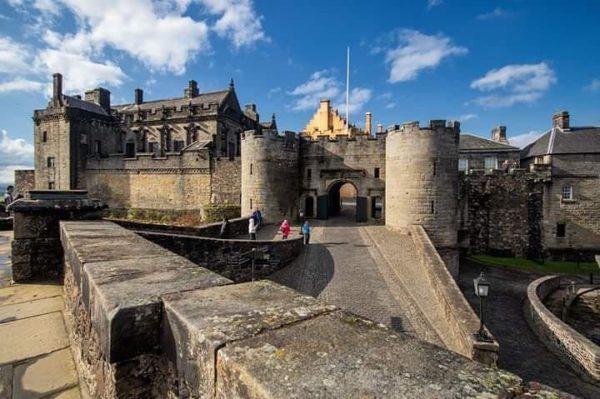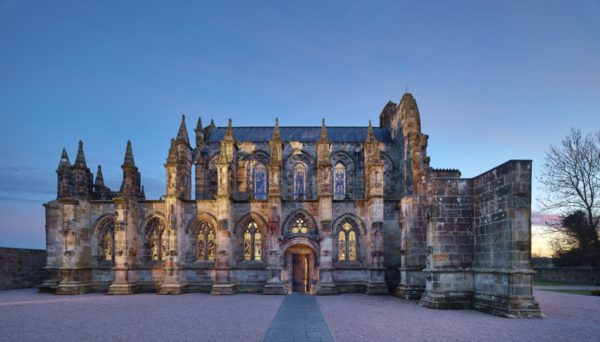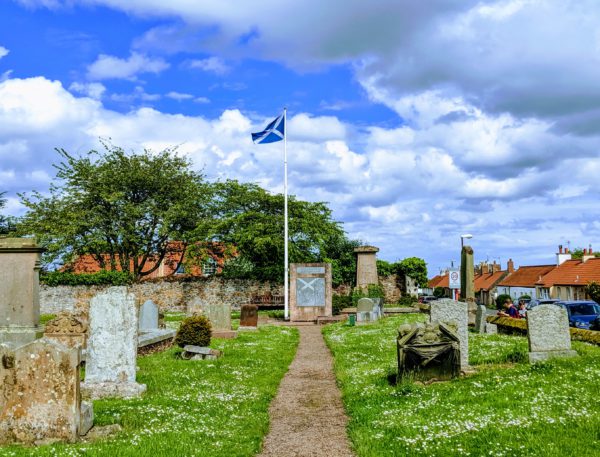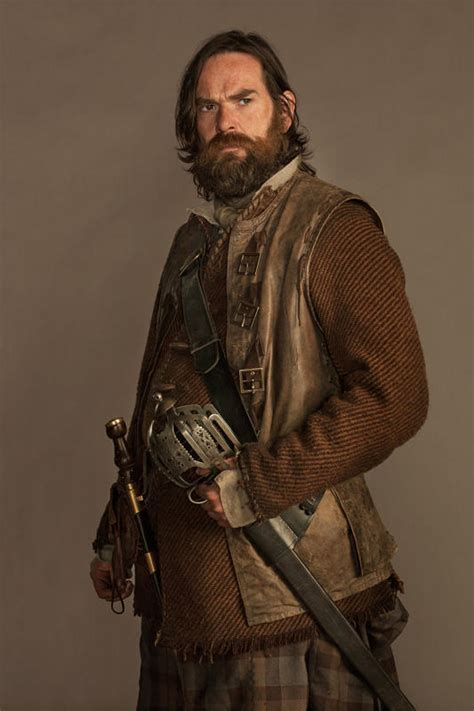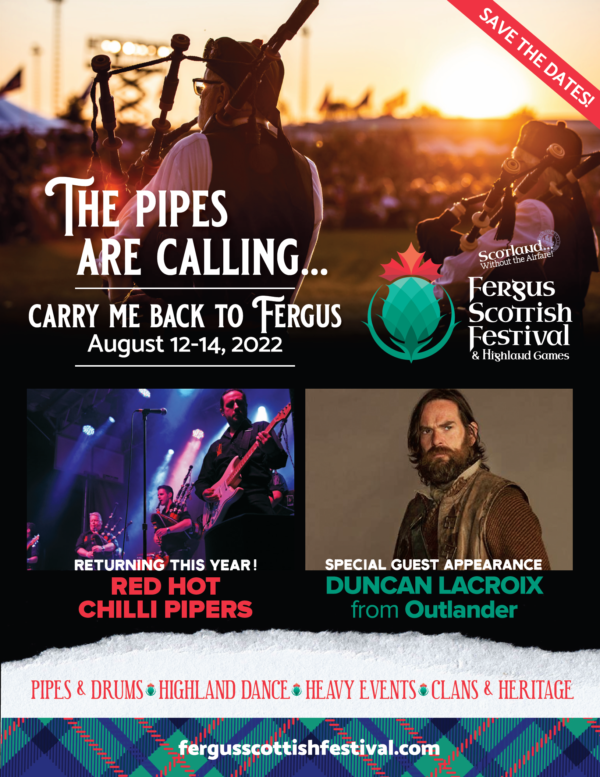By: Robert Currie
Since 1992, the men and women of the worldwide Learned Kindred of Currie have embarked upon an incredible journey. A journey that has taken us from but a minimal awareness of the MacMhuirich (Currie) Bardic Dynasty to the expansive Scottish cultural and heritage organization we have become. While the name MacMhuirich belongs to an age long-since past, the heirs and descendants of our historic family, recently recognized as the Learned Kindred of Currie, have continued the great bardic tradition of preserving and promoting Highland heritage, producing programs, events, exhibitions and documentaries which honour Scotland’s rich culture and ancestry.
In recent years, Curries have researched and wrote family histories, hosted clan gatherings, sponsored Scottish music and arts scholarships through the Clan Currie Society, and expanded their family connections worldwide and through various community expressions. Their efforts and growth have been recognized by the Scottish Diaspora and leading cultural heritage and clan figures within Scotland. Interestingly, at the same time as the Curries were expanding their cultural influence, scholars outside the clan were re-discovering and exploring the history of this ancient family. As a result, the past 30 years have seen the publication of multiple scholarly histories, research papers, poetry collections, and documentaries featuring the MacMhuirichs from world-renowned scholars and historians, lending outside weight, understanding and appreciation to the historical influence of the Learned Kindred of Currie.
30 incredible years

In 2018, after over a quarter century of revived and expanding cultural engagement under the leadership of Rev. Dr. David Currie, a gathering of Curries from around the world held a Family Convention in Glasgow, following which the Rt. Hon. Dr. Joseph Morrow, Lord Lyon King of Arms, commissioned Dr. Robert Currie as Commander of the Name and Arms of Currie. As we in the Learned Kindred of Currie enter our next 30 years, our goals include strengthening the Society itself by choosing and electing a Chief, building a new engagement-based member website, and establishing a permanent clan centre in Scotland, as well as increasing our growing influence on and service to the Scottish arts through continued historical and archaeological research, educational programs, and arts and music scholarships. Of course, all of this will require strengthening our financial base.
2022 marks the 30th anniversary of the Clan Currie Society/Learned Kindred of Currie as a non-profit arts and heritage organization. Along the journey, we have re-established our place in Scottish history, erected family monuments, distributed educational scholarships, created an internship program and created and sustained cherished Scottish events and have come together as a family to elect a Family Commander. The last thirty years have been impressive. Not just for the Learned Kindred of Currie but for the good of all of Scotland’s history and Diaspora. As we enter our fourth decade, we will require additional support from our worldwide Kindred to realize our long-term goal of having a Chief of our own, a clan badge of our own and a permanent family heritage centre in Scotland.
Your participation is critical. Thanks in advance for your contribution to help us in marking our 30 incredible years of success and funding our Family Society to continue on this remarkable and historical journey. Please consider what the Learned Kindred of Currie has meant to you and your family and give generously.
For more information about our history, society and our past three decades of accomplishments, please visit us at www.clancurriegathering.net, or find us on social media, and to donate see: https://gofund.me/fb264853




